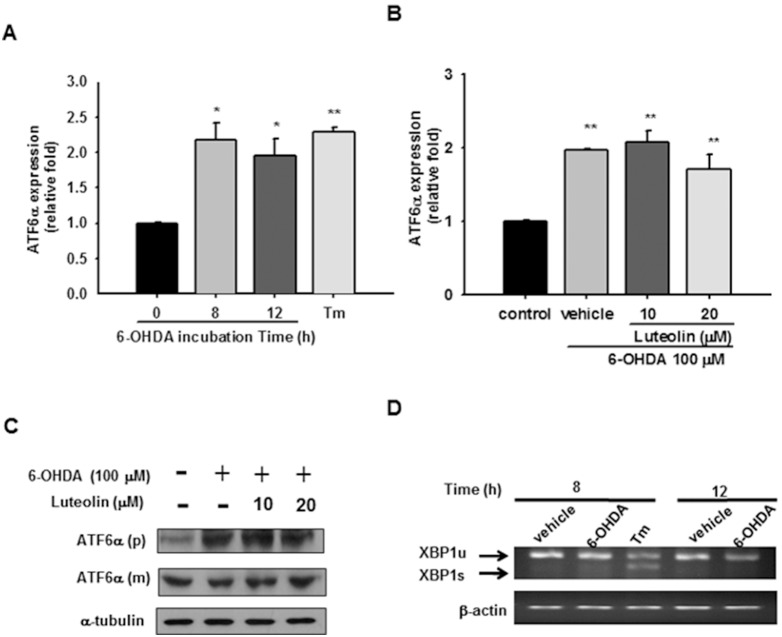Figure 4. Effects of 6-OHDA on ATF6α transcription and processing as well as XBP1 splicing.
(A) Changes in ATF6α mRNA expression after being incubated with 6-OHDA (100 µM) for 8 and 12 h. Cells treated with tunicamycin (Tm, 1 µg/ml) for 8 h served as a positive control. ATF6α mRNA expression was measured by RT-Q-PCR and normalized to β-actin, as described in the Materials and Methods. (B) Effect of luteolin on ATF6α mRNA expression. PC12 cells were treated with luteolin (10 or 20 µM) for 30 min before 6-OHDA (100 µM) insult for 8 h. RNA was then prepared for RT-Q-PCR analysis. The data represent the mean ± SD of three independent experiments. *, p<0.05; **, p<0.01 represent significant differences compared with vehicle control (without 6-OHDA). (C) Effect of luteolin on ATF6α protein expression and processing. Cell lysates prepared from those co-treated with 6-OHDA (100 µM) and indicated concentration of luteolin for 12 h were subjected to precursor (p) and mature (m) forms of ATF6α and α-tubulin analysis as described in Materials and Methods. These blots are representative from one of three independent experiments. (D) Effect of 6-OHDA on XBP1 mRNA splicing in PC12 cells. RNA was prepared from those treated with 6-OHDA (100 µM) for 8 and 12 h and unspliced (u) and spliced (s) forms of XBP1 were measured using PCR followed by agarose gel electrophoresis as described in the Materials and Methods.

